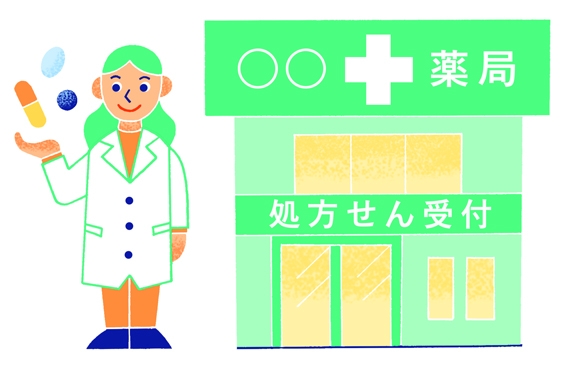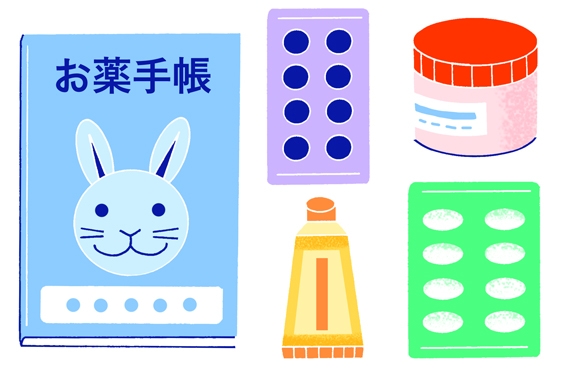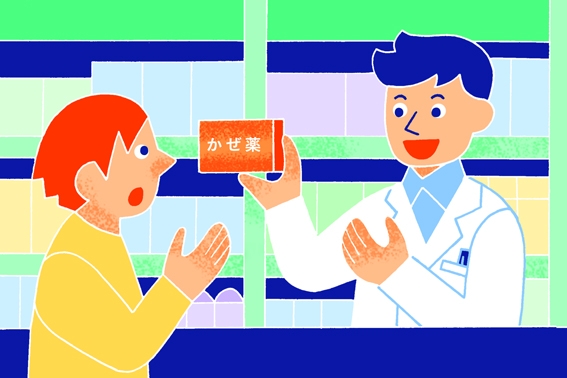Prescription medicine

A paper which the doctor has written information about the medicines you need is called a "prescription 処方箋." You can pick up your prescription medicine in one of the following ways:
- In-hospital prescription - pick up your medicine in the hospital.
- Out-of-hospital prescription - go to a pharmacy outside the hospital to buy medicines.
There is a “pharmacist” who is a specialist in medicine at the pharmacy, and he/she prepares your prescription medicine:
- Present your prescription, health insurance card, and medicine notebook"お薬手帳" (if you have one) at the pharmacy counter.
If you do not have your health insurance card, you will have to pay the full amount.
- Wait while the pharmacist prepares the medicine for you.
- When your name is called, make a payment, and receive your medicine.
The pharmacist will explain about your medicine when handing it out. You can ask him/her questions about your medicine, too.
Medicines purchased with a prescription are medicines prepared only for your illness or injury.
Do not give it to others.
Also, your prescription is valid only for 4 days.
If 4 days have passed, you need to get another prescription from the hospital/clinic.
If so, you may be asked to see your doctor again.
Medicine Notebook "お薬手帳"

You can obtain a “medicine notebook” at the pharmacy.
The medicine notebook is a notebook that records information about the medicines you use.
It helps to let your doctor or pharmacist know the following:
- What medications you are currently taking.
- What illnesses you have had and what medicines you have taken.
Bring it with you when you go to the hospital/clinic or pharmacy.
Over-the counter medicine

There are medicines that can only be purchased with a prescription from a doctor, and medicines that can be purchased freely at pharmacies and drugstores.
If you have a symptom such as a headache or stomachache, but it is not severe enough to go to see a doctor, ask at a pharmacy or a drug store with a pharmacist to see if there is a medicine that matches your symptoms.












